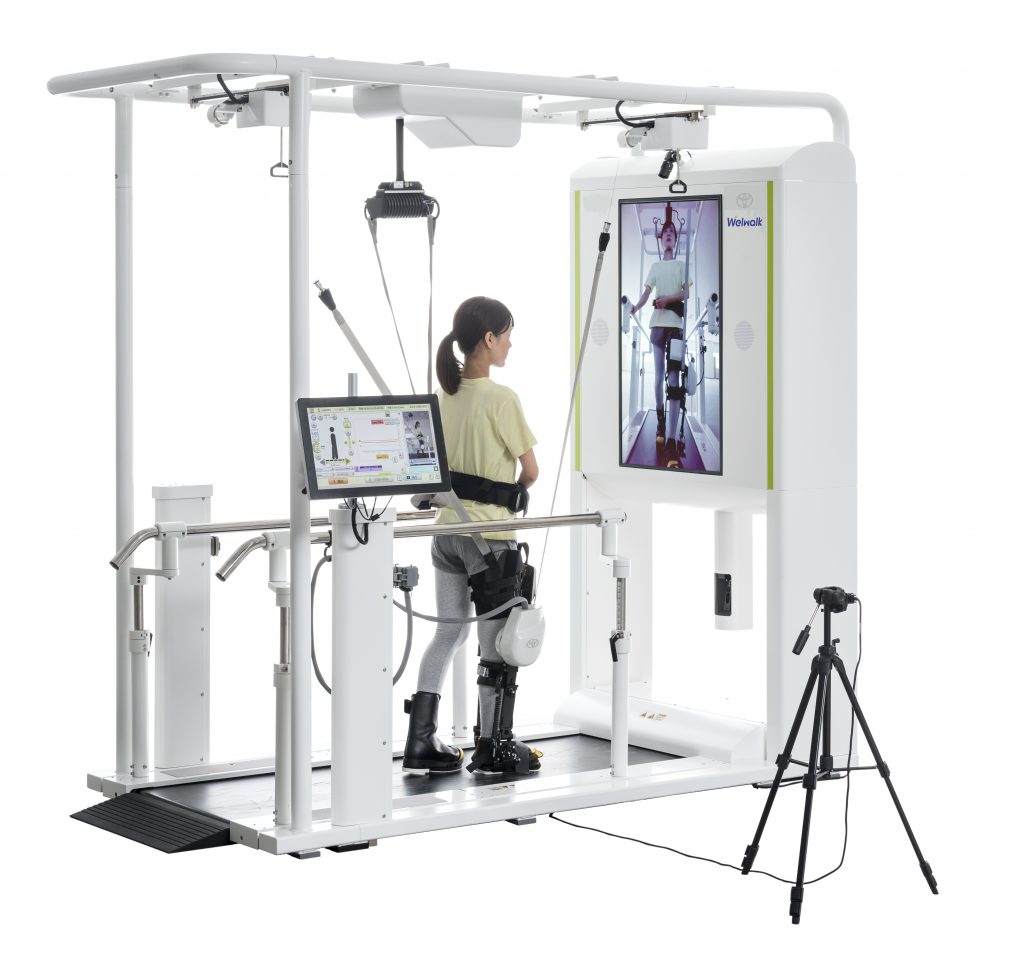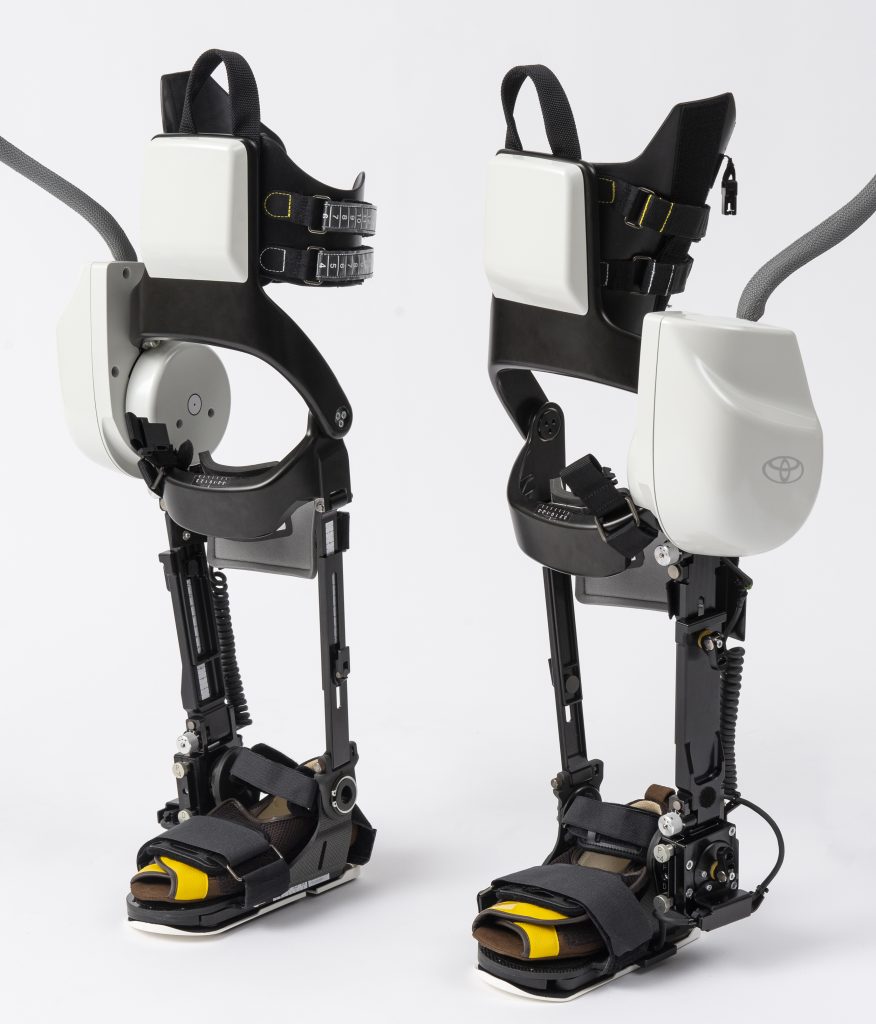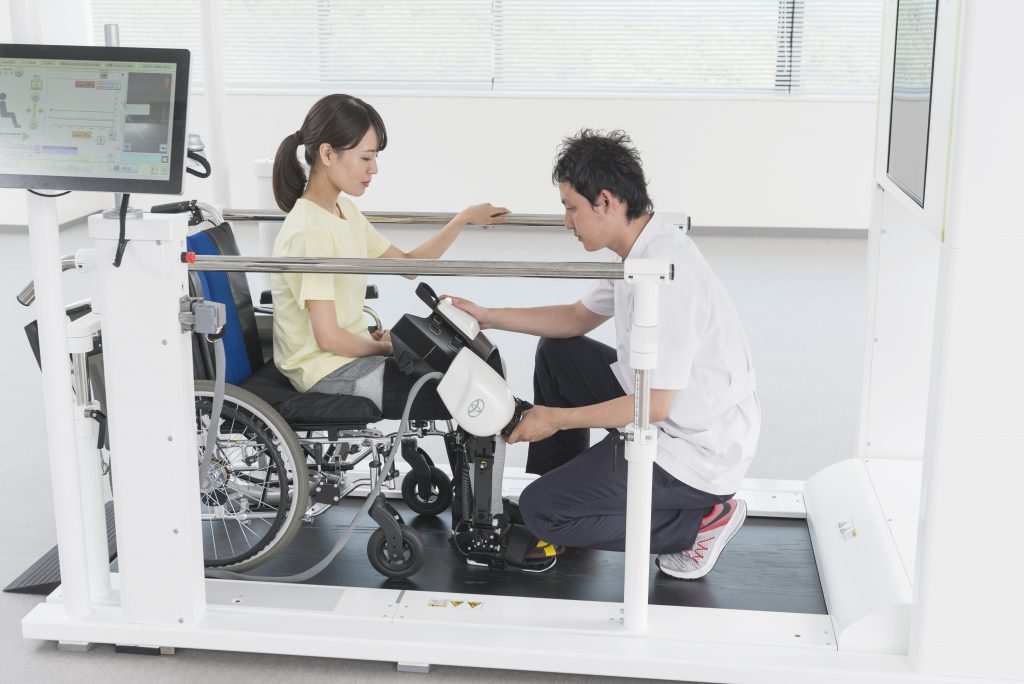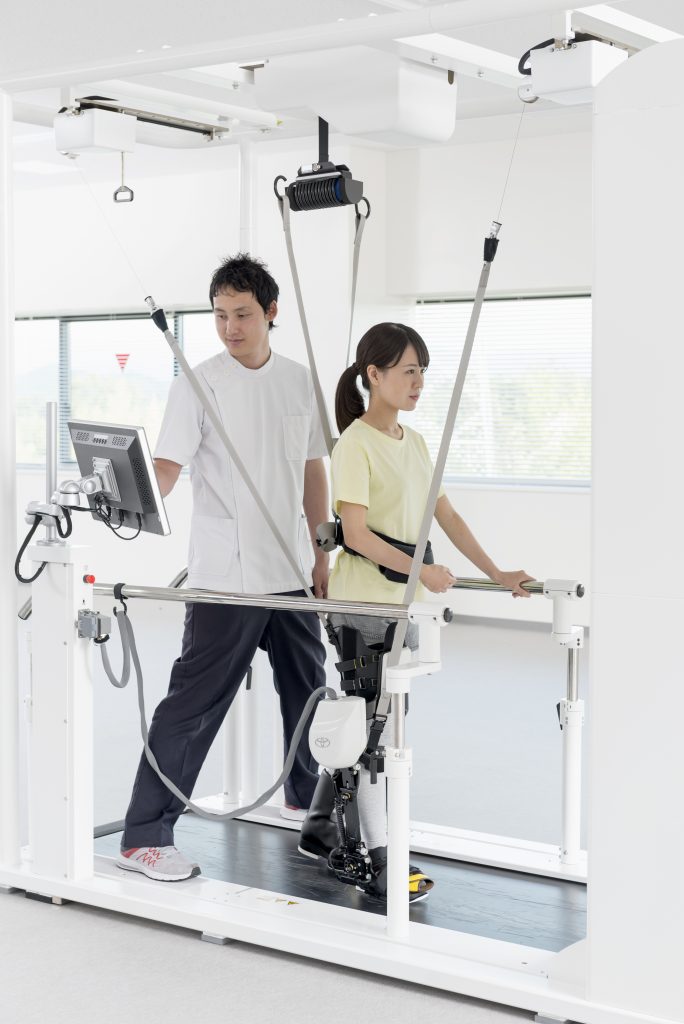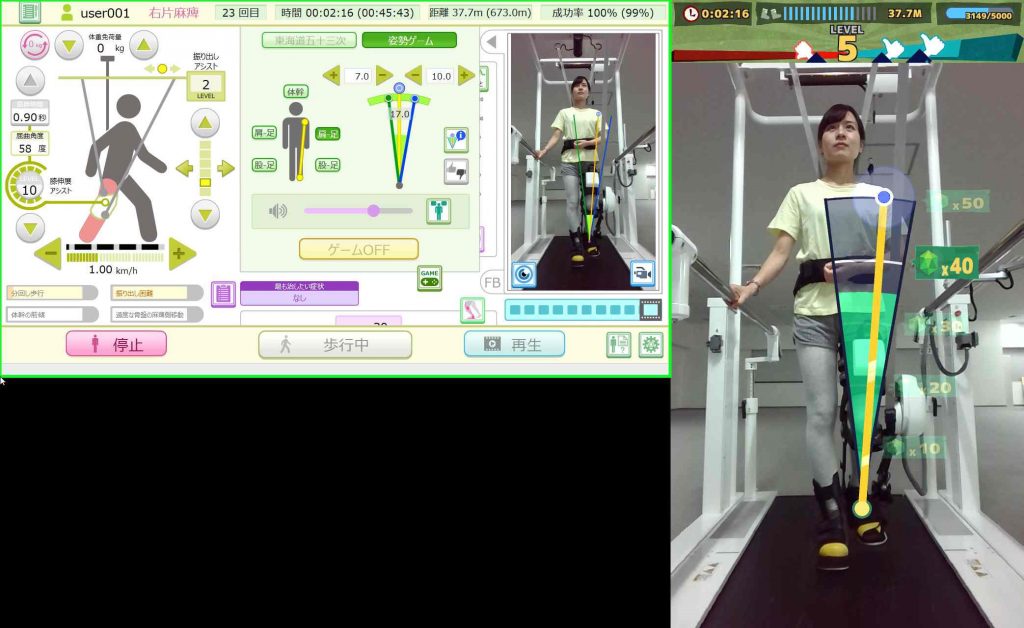Toyota Helps More Patients to Walk With Release of Improved Rehabilitation Robot
Order books have opened for a new Toyota assist robot designed to help in the rehabilitation of people suffering from lower limb paralysis as a result of strokes or other causes.
The new WelWalk WW-200 upgrades the features of the previous WW-1000 model, notably with rehabilitation support functions based on motor learning theory and greater ease of use in clinical environments.
Specifically, it adds functions to show display assistance settings in real time to help improve a patient’s abnormal gait, and a game function that can help motivate patients to persevere with their rehabilitation efforts. Adding these new functions reduces the burden on therapists and provides users with more efficient walking training.
The WW-1000 model was previously provided to medical institutions on a rental basis, but in light of requests from healthcare establishments and market assessments, the new Welwalk WW-2000 will be available for purchase, with the aim of improving the overall quality of service. Production will be at Toyota’s Motomachi plant, with a target of 50 unit sales a year.
In line with its vision of “freedom of mobility for all, and the joy of self-reliance,” Toyota has been developing rehabilitation assist robots in collaboration with Fujita Health University in Japan since the end of 2007. Pilot testing of robots in healthcare settings, clinical research and medical institutions began in 2011, and rental of the Welwak WW-1000 – the first Toyota product to be approved as a medical device – commenced in 2017.
The Welwalk 1000 received the 8th Robot Award* in 2018 and to date has been used at around 80 medical institutions in Japan. With the launch of the Welwalk WW-2000, Toyota hopes to bring the “joy of walking on one’s own feet” to even more patients, while reducing the demands on therapists.
Welwalk WW-2000 overview
| Generic name | Active extension, flexion and rotation movement device |
| Price (excl. consumption tax) | Hardware: 23.5 million yen (c£168,000); maintenance agreement 50,000 yen (c£357) per month for 60 months, starting in the second year |
| Composition | Main body: comprises the overall system, including treadmill and monitor.
Robotic leg: fitted to people with lower limb paralysis to help with knee flexion and extension movements. |
| Features | Rehabilitation support functions based on medical motor learning theory: –
· Adjustable level of assistance to suit the patient. A natural gait from the start ensures a certain level of exercise, reducing the demand on therapists. · Automatic recognition of a patient’s abnormal gait. Multiple sensors detect an abnormal gait, and the success or failure of walking can be quantified in real time. Potential setting changes that may help improve an unnatural gait are automatically displayed. · Feedback and game functions to motivate patients. Feedback is displayed visually on a monitor and by sound, according to the walking stance and number of steps taken. The game function makes rehabilitation more enjoyable, helping motivate the patient to practise. Ease of use in clinical settings: – · Simple construction and functions, with easy fitting and central touch panel operation. · Enhanced data management – walking status can be confirmed in real time and objective, quantitative data can be recorded and played back. |
| External dimensions and weight | Width 1,200mm
Depth 2,570mm Height 2,380mm Weight (approx.) 700kg (main body), 6kg (robotic legs) |
| Rental details | Toyota has consigned sales planning and management to Good Life Design Inc, which will sell the robot to customers through its sales agents, the Paramount Bed Co Ltd. Toyota will consign servicing to Paratechno Co Ltd. |
| Production | Motomachi Plant, Toyota Motor Corporation. |
* An award co-ordinated by Japan’s Machinery Federation and Ministry of Economy Trade and Industry, aimed at growing and widening the use of robotics technologies.
ENDS

